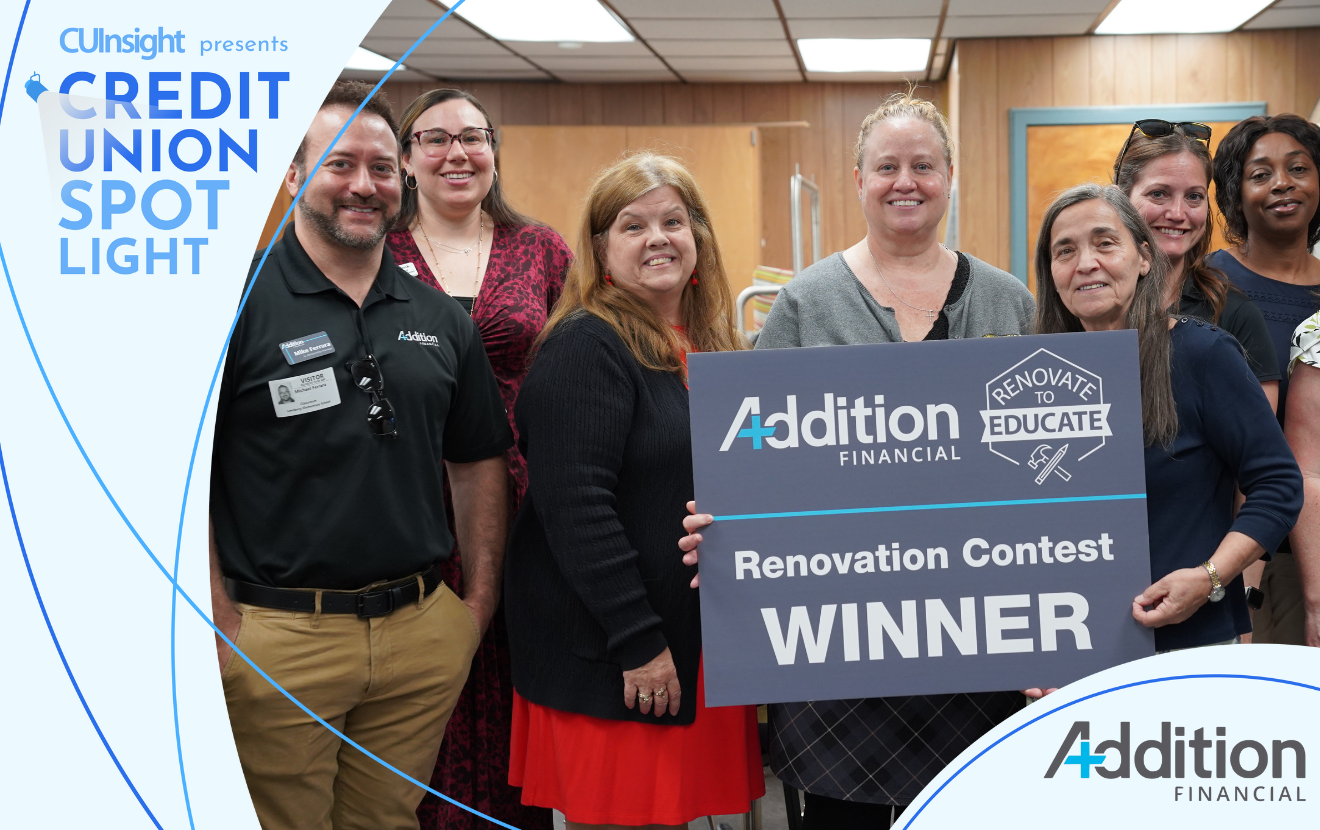Financial literacy is important for people in all walks of life, but teaching it can be challenging. By partnering with local organizations, credit unions can play a key role in helping people improve their money management skills. Collaborating allows you to reach more people and deliver valuable financial education where it’s needed most.
In this article, we’ll explore how to find the right partners and work together to enhance financial education programs.
The benefits of community partnerships for financial education
Partnering with local organizations offers real, practical advantages that can help credit unions close financial literacy gaps and better support the community. With only 38% of Americans passing basic financial literacy tests and nearly half feeling stressed about their finances, working together can make a big impact.
Here are some key benefits of forming community partnerships for financial education:
- Reach underserved groups: Local partners, like schools and nonprofits, already have connections with people who may lack access to financial resources. By partnering with them, your credit union can reach those who need financial education the most.
- Help people handle financial challenges: With 34% of Americans struggling to cover unexpected expenses of $400, teaming up with community organizations allows you to offer practical workshops and tools to help people better manage emergencies and reduce financial stress.
- Share resources: Collaborating with other organizations gives you access to their spaces, volunteers, and networks. This can save your credit union time and money, while also expanding the reach of your programs.
- Build credibility in the community: By working with trusted local groups, your credit union becomes a recognized and respected source for improving financial wellness. This drives brand awareness and boosts customer loyalty.
(Stats: https://www.enrich.org/blog/how-credit-unions-can-tackle-financial-literacy-challenges/)
How to identify potential partners
Finding the right community partners is key to the success of your financial education initiatives. It's important to choose organizations that not only share your mission, but also have the audience and resources to help you reach those who can benefit from financial literacy education.
When determining if a potential partner is the right fit, here are some key questions to consider:
- Do their values align with ours? It's crucial that your partner shares similar goals and values, especially around education and community improvement.
- What is their audience reach? How large and diverse is their audience? Consider whether they connect with demographics that may benefit from financial literacy programs.
- Are they willing to collaborate? A strong partnership requires open communication and cooperation. Does this potential partner show interest in working together and contributing resources?
- What kind of reputation do they have in the community? Partnering with trusted, respected organizations will reflect well on your credit union. Research their standing in the community before moving forward.
- Do they have the resources to support the program? Consider whether they have the physical space, staff, and materials needed to help deliver financial education.
- How can we complement each other’s strengths? Think about what your credit union can bring to the table and how a potential partner’s strengths could fill gaps in your financial education initiatives.
- Are there opportunities for long-term collaboration? Financial education is most impactful when it’s sustained over time. Can you see this partnership thriving beyond a single event or project?
- What are the needs of their audience? Understanding the financial challenges and needs of their audience will help tailor the content of your programs to be more effective.
Here are some potential partners to explore:
- Schools and universities
- Nonprofits focused on community outreach
- Local businesses, especially those with large employee bases
- Faith-based organizations
- Libraries and community centers
- Social service agencies
- Housing associations or organizations that work with first-time homebuyers
For now, let’s explore four of these options.
4 partnerships to consider
Each of the following partnerships offers unique opportunities and challenges, but with the right approach, these collaborations can drive lasting, positive change for your credit union.
1. Local educational institutions
Partnering with schools provides access to young people just starting to develop their financial habits. By integrating financial education into the classroom and teaching students essential money management skills early on, you’re setting the community up for a brighter financial future.
However, schools often face tight schedules and funding challenges, which may make it difficult to introduce new programs. To overcome this, be flexible and offer programs that fit into existing curricula or extracurricular activities, or opt for a done-for-you option that makes implementation seamless and painless.
2. Nonprofits and community centers
Nonprofits and community centers are deeply embedded in underserved populations, making them ideal partners for reaching low-income families or at-risk individuals. These organizations have built-in trust, but their limited budgets and stretched staff may pose challenges for implementing new initiatives.
By offering free resources, workshops, or co-hosting community events, your credit union can help ease the burden while making a significant impact on those in need of financial education.
3. Faith-based organizations
Faith-based groups are tightly knit communities that focus on stewardship and responsibility, making them a great match for financial literacy programs.
However, some congregants may be sensitive to financial topics, and religious organizations often have busy schedules. To address this, offer a workshop on “Smart Budgeting for Families” or “Faith and Financial Wellness” that ties financial education into their mission of stewardship.
4. Local businesses
Businesses are excellent partners for delivering financial literacy programs to their employees, helping to reduce financial stress and increase productivity. On the customer side, financially literate customers are more likely to make informed decisions, which benefits both the business and the community.
The challenge lies in fitting these programs into busy work schedules, and companies may have other operational priorities. Offering flexible lunch-and-learn sessions or after-hours workshops can help make this collaboration possible.
Build stronger and smarter communities with partnerships
Incorporating financial education into communities is one of the most impactful ways credit unions can help their members lead financially stable lives. By partnering with local schools, nonprofits, faith-based organizations, and businesses, you can reach broader audiences and offer meaningful resources that improve financial literacy. These partnerships not only expand your credit union’s impact but also foster stronger community ties.
To streamline your financial education efforts, consider using Zogo, a platform designed to make financial literacy accessible and engaging. Zogo’s resources can help you deliver customized financial education programs to your community partners with ease. Explore how Zogo can support your mission of building a more financially literate community.








